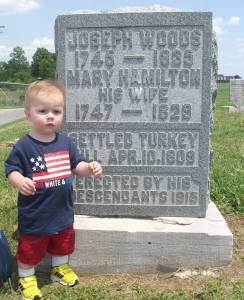On a recent Norton family vacation my family, my brother’s family, and my parents all stayed in a cabin in Breckenridge, Colorado. I really have no genealogical connections to the Centennial State, except one: a cousin founded the town of Rocky Ford. My wife, son and I continued our vacation in Colorado Springs, and our route home just happened to take us through ROCKY FORD, COLORADO.
Rocky Ford was settled by a man named George W. Swink. There is a four-panel display as you enter the town from the west on US Route 50. The signs tell you about Colorado, Rocky Ford, and George W. Swink.
George W. Swink was born June 30, 1836 in Breckinridge County, Kentucky. (Note that the Kentucky spelling is Breck-I-nridge; the Colorado spelling is Breck-E-nridge.) His parents were Peter Swink and Mariah Beghtol, the daughter of Peter and Catharine Bruner Beghtol. Mariah had previously been married to Jacob Bruner and had four children. Bruner died, and Peter Swink proposed to the widow. They married about 1834. Eventually, the Swinks moved with Mariah’s father’s family to Schuyler County, Illinois. Peter and Mariah are listed in the 1850-70 census records of Ashland/Oakland Township, Schuyler County. Mariah died in 1872 and is buried in the Beghtol Cemetery. Peter married Mrs. Sarah Jewell in 1877, and is listed in the 1880 census. He died before 1900.
 George W. Swink married Mary J. Cook on Oct 2, 1854, in Schuyler County. They had three sons. Lorenzo, Alonzo, and Lewis by the 1860 census. The family moved to Bardolph Township, McDonough County, Illinois. Clementine, William, Minnie, and Ellsworth had joined the family by 1870. Listed as a farm hand that year was David Worley, and a domestic servant, Winnie Daugherty, a cousin on the Beghtol side (and my great-great-great-great-aunt).
George W. Swink married Mary J. Cook on Oct 2, 1854, in Schuyler County. They had three sons. Lorenzo, Alonzo, and Lewis by the 1860 census. The family moved to Bardolph Township, McDonough County, Illinois. Clementine, William, Minnie, and Ellsworth had joined the family by 1870. Listed as a farm hand that year was David Worley, and a domestic servant, Winnie Daugherty, a cousin on the Beghtol side (and my great-great-great-great-aunt).
According to my great-great-great-aunt Bettie Beghtol Jones’ obituary, John Beghtol (my great-great-great-grandfather) worked for George Swink near Vermont, Illinois. In 1871 George W. Swink moved his family to Colorado. The Bureau of Land Management webpage shows his earliest land acquisition in 1876 in Otero County. The family is listed in the 1880 Bent County census. George’s occupation was Merchant. Living in the household were Lewis, William T., Minnie W., Eddie (Ellsworth), Schuyler, Mattie, Hannah, and Leona “Oney” Bell. Son Lorenzo was next door with his family, and son Alonzo was next to them. Also nearby were Samuel Deweese and Levi Beghtol, both in-laws and cousins to George Swink.
George W. Swink’s claim to fame was the Rocky Ford cantaloupe which he produced. He was instrumental in developing the melon industry in that area, and is credited with starting the Watermelon Days festival and the beet sugar industry.
He died on September 24, 1910. Here is a link to his Findagrave memorial.
Besides his tombstone, there is one more monument dedicated to George W. Swink. It is found on North 9th Street and is a bronze copy of an 1887 land certificate. Based on the family’s address (west side of 9th Street) in the 1900 Otero County census, the marker sits at the site where the Swinks once lived.
Turning back south, you cross Swink Avenue.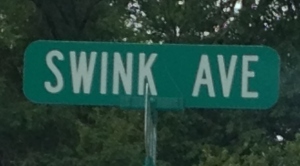
Rocky Ford has seen better days, but there are several shops open. US 50 is busy, so there are always people passing through. (My friends in Lawrence County, IL, will find it amusing that US 50 in Colorado is a mostly two-lane highway—just like in Illinois.)
As you leave Rocky Ford and continue east, you pass through a small town simply named Swink, in honor of George W. Swink.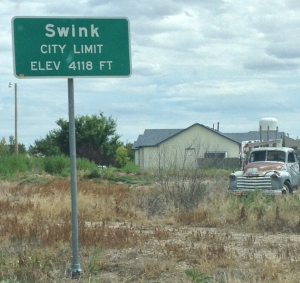
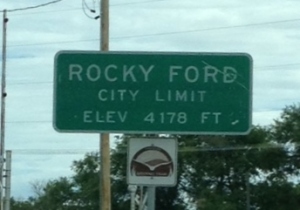


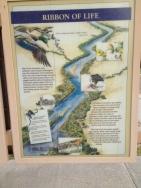

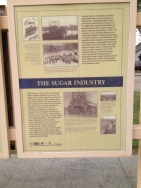
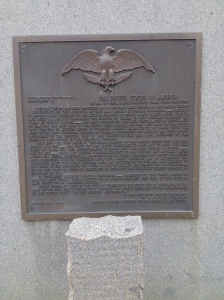
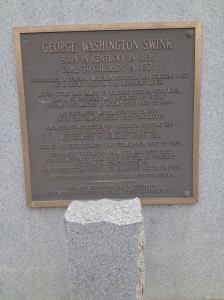
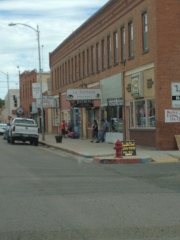

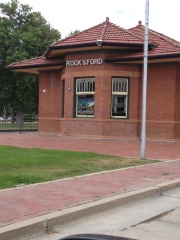
![60008437_137226678999[1]](https://dannmnortongenealogy.files.wordpress.com/2015/07/60008437_1372266789991.jpg?w=300&h=225)
